Surging Wave Pavilion(Canglang Ting), Jiang Su, China (1044)
Artist/Designer: Su Sunqi
Project Location: China

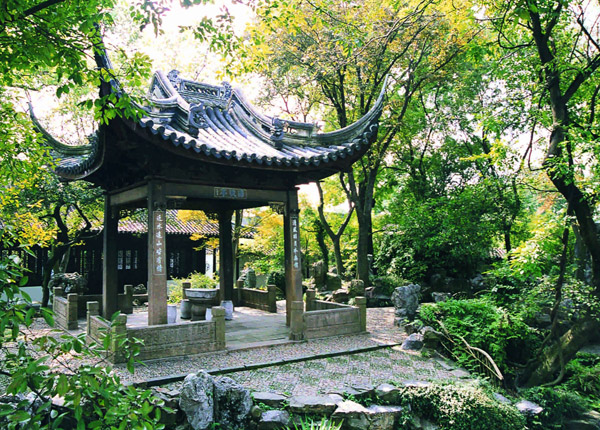
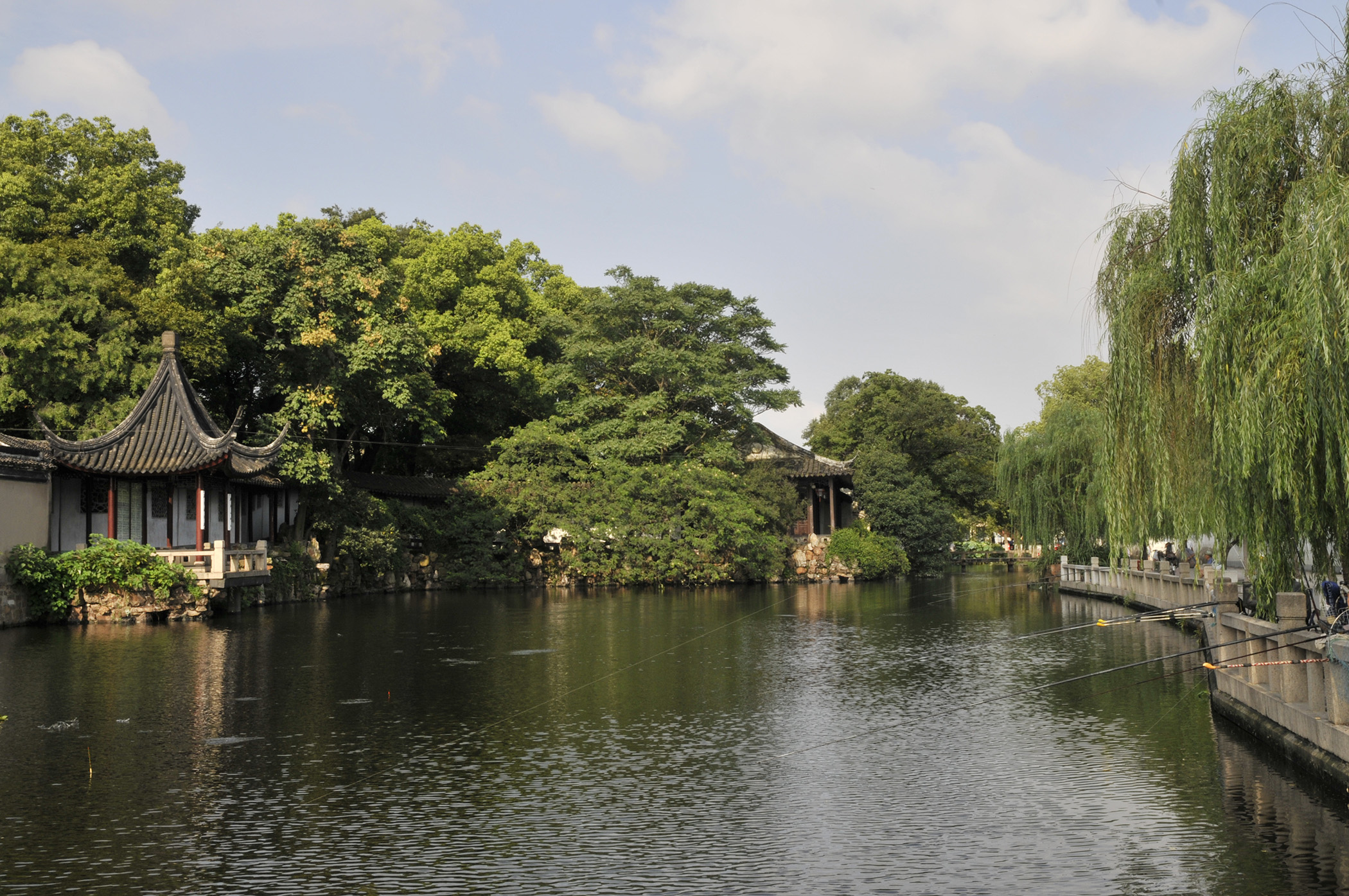
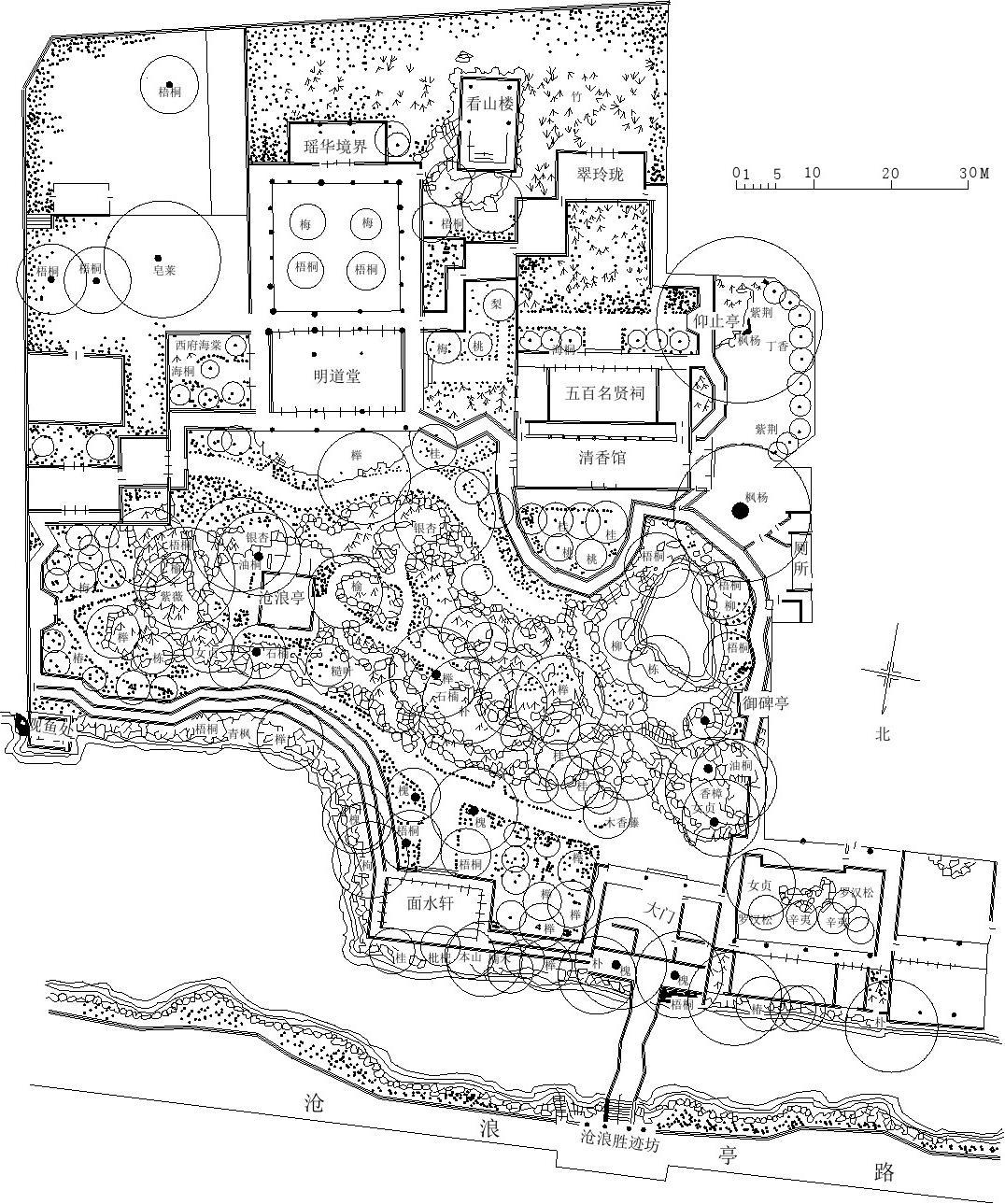
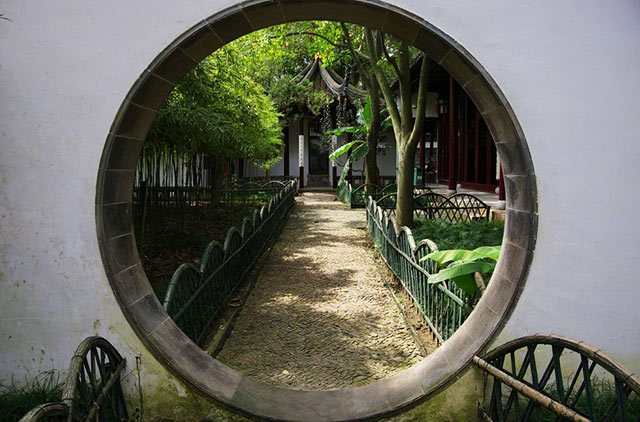
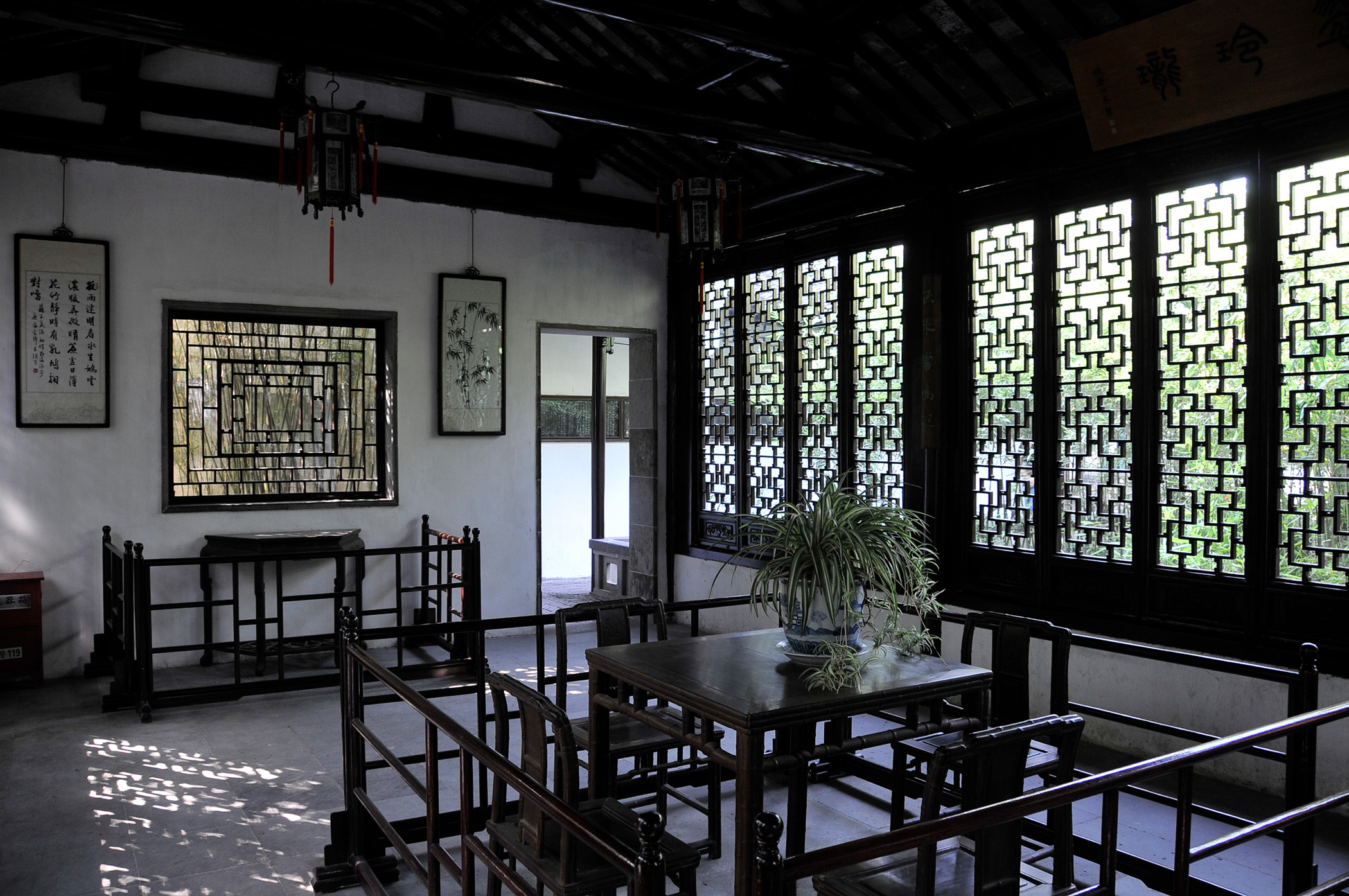
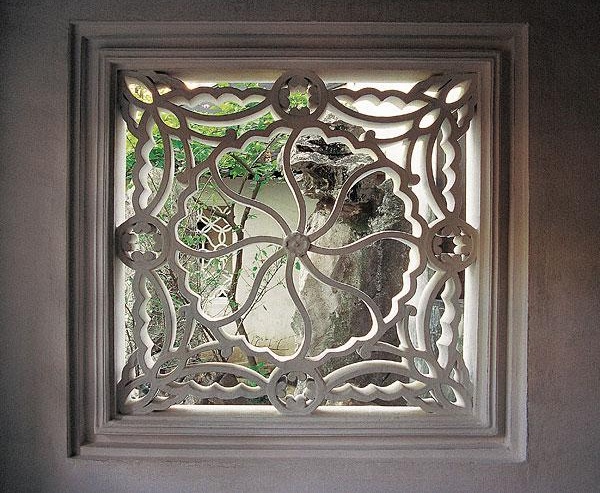
Style/Period(s):
Classical, Traditional
Primary Material(s):
Wood, Plants, Brick, Tile
Function(s):
Garden, Residential Structure
Related Website(s):
Significant Date(s):
11th Century
Additional Information:
The Canglang Pavilion was built in 1044 CE by the Song dynasty poet Su Shunqin (1008–1048), on the site of a pre-existing imperial flower garden c 960 CE. It is the oldest of the UNESCO gardens in Suzhou, keeping its original Song dynasty layout. The name is derived from a verse in the poem Fishermen by Qu Yuan (ca. 340 BCE-278 BCE), a poet from the southern state of Chu during the Warring States period, in his book Songs of the South, "If the Canglang River is dirty I wash my muddy feet; If the Canglang River is clean I wash my ribbon". This verse alludes to an honest official who removes himself from politics rather than act in a corrupt manner. Su Shunqing choose this to express his feelings after his removal from office.
The garden owned by Zhang and Gong families after Su Sunqi in Song Dynasty(960-1279). Monk Wen Ying renovated the garden in Ming Dynasty (1368-1644). In Qing dynsty (1644-1911), it belongs to a provincial officer, Song Nao, who repaired the pavilion. After China established in 1949, the garden is managed by Suzhou landscape administration bureau and open to the public.
Publications/Texts in Print:
Building Address: No.3 Canglangting Street in Suzhou, Jiangsu, China
Significant Dates: Pavilion Construction 1044 C.E.
Supporting Staff/ Designers:
TAGS: Garden, Pavilion, Song Dynasty,
Viewers should treat all images as copyrighted and refer to each image's links for copyright information.